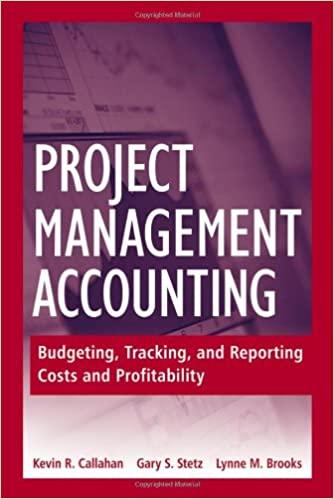I only need help with questions 4 and 5

Strategic investment in Bertrand competition with differentiated goods In the market for electric cars, firm 1 is a pioneer who invests k in R&D for efficient production. Firm l's total production cost is given by C(q) = (10-k)91+ki. The demand for firm l's electric cars is given by q1 = 20 - 2p + P2. On the other hand, firm 2 is a latecomer whose total production cost is given by C2(92) = 1022. The demand for firm 2's electric cars is given by 92 = 20 2p2 + pi. Assume the two firms compete by setting prices after firm 1 invests k. 1. What are the equilibrium prices, (P1, P2), in terms of k? (Hint: find the best response functions.) 2. What is firm l's optimal level of investment, ki? 3. Use your answers to questions 1 and 2 to compute the equilibrium profits. Does firm 1 have an advantage over firm 2? 4. Suppose firm 2 charges p2 = 12.60 regardless of Pi. Note that p2 = 12.60 is roughly how much firm 2 would charge in equilibrium in question 2. What is firm l's optimal level of investment, ki, in this case? 5. Compare firm 1's optimal investment level in questions 2 and 4. Explain whether firm 1 has a strategic incentive to overinvest or underinvest using Fudenberg and Tirole (1984)'s taxonomy. Strategic investment in Bertrand competition with differentiated goods In the market for electric cars, firm 1 is a pioneer who invests k in R&D for efficient production. Firm l's total production cost is given by C(q) = (10-k)91+ki. The demand for firm l's electric cars is given by q1 = 20 - 2p + P2. On the other hand, firm 2 is a latecomer whose total production cost is given by C2(92) = 1022. The demand for firm 2's electric cars is given by 92 = 20 2p2 + pi. Assume the two firms compete by setting prices after firm 1 invests k. 1. What are the equilibrium prices, (P1, P2), in terms of k? (Hint: find the best response functions.) 2. What is firm l's optimal level of investment, ki? 3. Use your answers to questions 1 and 2 to compute the equilibrium profits. Does firm 1 have an advantage over firm 2? 4. Suppose firm 2 charges p2 = 12.60 regardless of Pi. Note that p2 = 12.60 is roughly how much firm 2 would charge in equilibrium in question 2. What is firm l's optimal level of investment, ki, in this case? 5. Compare firm 1's optimal investment level in questions 2 and 4. Explain whether firm 1 has a strategic incentive to overinvest or underinvest using Fudenberg and Tirole (1984)'s taxonomy







